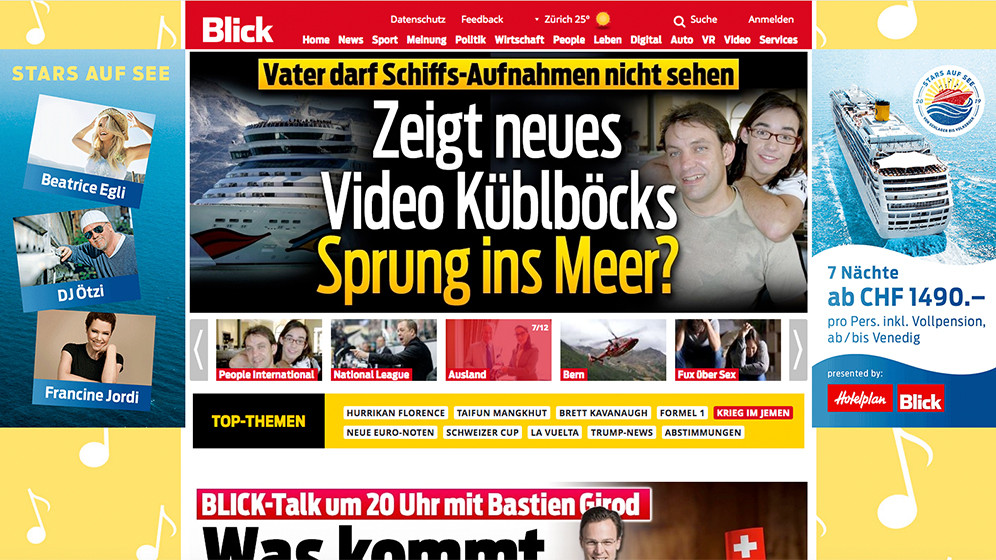Poorly chosen advertising environments have a negative impact on digital ads
Caution advised: Integral Ad Science's "Ripple Effect" study shows a negative impact of poor quality ad environments on digital ads. 83 percent of German consumers penalize brands for digital ads in inappropriate advertising environments.

How people react to ads depends largely on their context - and bad company very quickly has a negative effect here. According to the study, 83 percent of German consumers perceive a brand more negatively if its digital ads appear in low-quality advertising environments. The consequences can be drastic: Almost two-thirds (65 percent) would even no longer buy the products of such a brand.
It turns out that the advertising environment of a digital ad is even more important to consumers than the personal relevance of the ad. Almost two-thirds (65 percent) of German consumers value tailored ad content, and for 70 percent the serious context of the ad is important.
This is also reflected in the interaction rate: In a high-quality advertising environment, engagement is significantly higher (plus 50 percent) than when the ad appears in a context perceived as inappropriate for the brand.
Advertisers must take responsibility
Almost two-thirds (65 percent) of German consumers hold brands directly responsible for the environment of a digital ad. For marketers, this is a clear call to action - but ensuring a suitable advertising environment is a real challenge.
Because within the last ten years, the amount of content has increased more than twentyfold. A good starting point for a successful context strategy are brand safety and risk metrics to measure the quality of content.
A distinction must be made here between brand suitability and legal brand safety and the individual setting of this category. Legal safety refers to those advertising environments in which brands should not appear under any circumstances because they violate applicable law and do not comply with advertising guidelines. Brand Suitability, on the other hand, is highly brand-specific. Whether an advertising environment is perceived as negative depends largely on the target group: Advertising for an exquisite wine assortment is an excellent fit for recipe blogs, but should not be played out in the context of reporting on alcohol addiction or even on a website for children.
"The quality of the advertising environment of a digital ad has a significant impact on how people perceive the ad - this has already been shown by our 'Halo Effect' study and is confirmed by our current 'Ripple Effect' study," explains Oliver Hülse, CEE and Managing Director at Integral Ad Science. "But to truly address the issue of brand suitability, all stakeholders in the industry need to get on board: Advertisers need to transparently communicate what their brand suitability requirements are, publishers, for their part, should work closely with brands to meet those requirements."
For the "Ripple Effect" study by Integral Ad Science a general population sample was collected from a total of seven markets, including Germany, the USA, the UK and France. Women and men aged 18 and over were surveyed.
In doing so, IAS determined how consumers perceive ad relevance and content quality and how brand perception is influenced by the context in which a digital ad is placed. The criteria for an inferior advertising environment were determined by an IAS proprietary risk assessment.








